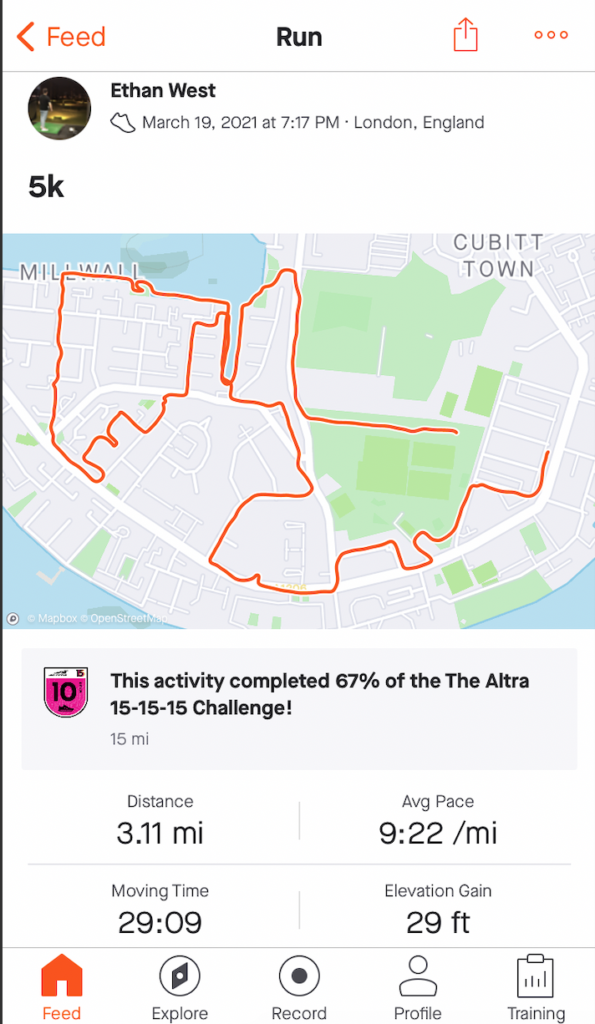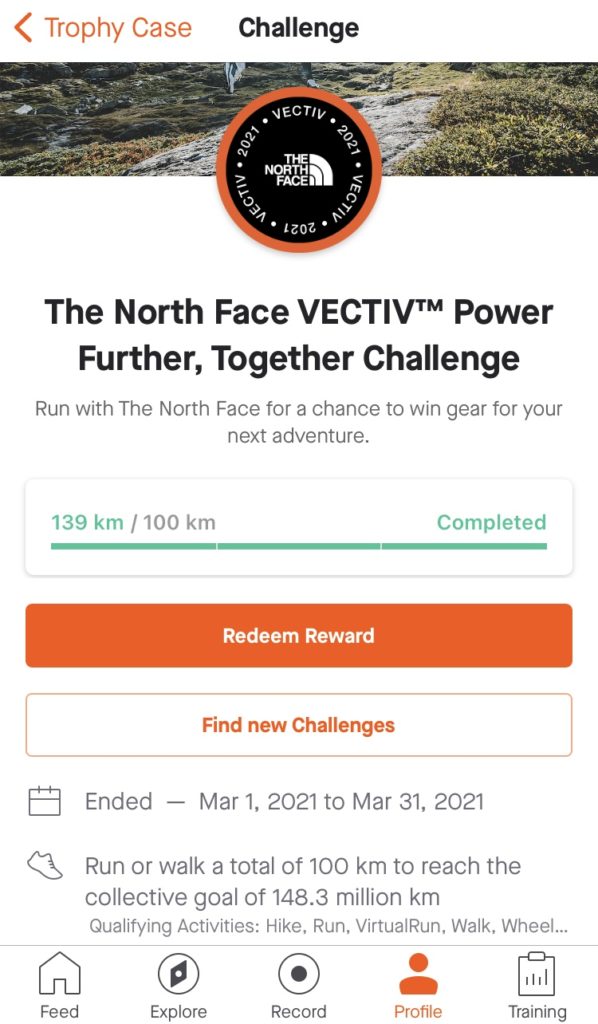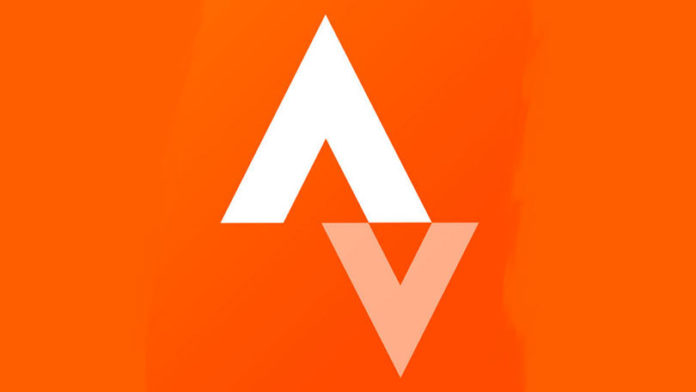At the age of 15, I had just gained a black belt in karate at Yateley Shotokan Karate Club, then within a year, I was selected as captain of my Saturday football team, Fleet Spurs Blues. I was at the peak of my fitness and enjoying every minute of it.
But when the big 18 came around, I discovered the pub, nights out and having a jolly-up at the football. Mixed with the start of my university adventure, this started to take a toll on my fitness.
Then the Saturday team I’d played for since I was 5 years old became no more. As the team approached adulthood, UCAS applications became the talking point after training sessions and people started moving on.
I reckon my experience sums up the life of a typical uni student: too much drink, too much junk food, exercise not a priority. Sure, I was having the occasional gym session – but I had become ‘skinny fat’. Skinny from the side, but a bit wide from the front.
In 2019 after my first year of university ended, I’d had enough and was determined to get back in shape. I counted calories, exercised and increased gym sessions. I started seeing results.
But then when the gyms shut due to the pandemic, I fell back into old bad habits. Home gym sessions with a pair of cheap dumbbells just didn’t feel the same and as I was furloughed from my job and the university work piled on I moved about less and less.
I needed to find inspiration from somewhere. Increasing my outdoor activity during lockdown seemed the only plausible way to continue the journey back towards good health.
Making sport social again – with an app
Looking back at my childhood sports ventures made me realise what I was missing: the social side of exercise. I no longer had weekly team sports, was no longer part of a club. Instead I was going to the gym alone with no connection to others. What had propelled me was companionship and belonging. There were no joyless, lonely “reps” in my peak fitness years.
Then I then stumbled across an app called Strava. The app promised to connect my exercising activities to others, to return the social side of being active, and even to bring back the competition. And everyone in the UK seemed to be using it. It had people joining a 5K challenge to raise money for the NHS and comparing surroundings in our government approved exercise slots.
Strava tracks exercising – loads of differerent types. It came out of California in 2009. Starting off with basic functions, it added “social media” features to exercise tracking, including interaction through comments and giving ‘kudos’ – the equivalent of a like on Facebook or Twitter.

I loved how Strava let me share and interact with friends and colleagues. I borrowed and shared routes, encouraged and received encouragement on exercise times, and showed and viewed photos of runs, walks and biking.
Through Strava, I had regained some of the sociability of exercise. This was a great hi-tech twist that makes fitness so much more enjoyable for the many like me who can struggle without that team environment.
When I get a positive comment or a “kudos”/like on an activity, I get that extra push I need to keep working out and going in the right direction. And don’t try faking exercise for the likes – by, say, jumping in a car. The app logs your speed against the activity you’ve chosen and it will know you’re cheating!
The app captures many different sports from snowboarding to swimming to kayaking. You can, of course, use and sync the app with waterproof devices like Fitbits, Apple Watches and Garmins, to name a few. It also caters for people with disabilities with its ‘wheelchair’ feature.
Strava lets me compete and join in
I’ve already mentioned some of the ways I use Strava with others to make sport and exercise social again. But there are a few key features that have sucked me in.
One feature is the official route. While you can share your exercise paths, there are some standard routes, such as certain London marathon stretches, that can really push you to the limit by letting you compete with your own or your friends’ best times from the previous week.
One example is ‘Box Hill’ in Surrey, a route with a steep drop where bikers test themselves against each other as if on a race track.

Or, if the standard routes are not available, the ‘challenges’ tab offers a regularly updated list of new activities for you and your friends to compete on.
This app is really well designed for those who need that approval or support from others and those who just genuinely like to challenge themselves.
Personally, my Strava on-screen achievements give me a pride of completion, almost like finishing that video game level.
Take the recent challenge I took up: ‘The North Face 100k Challenge’, which set the task of completing 100K of walking or running in the month of March.

It helped me massively to make sure I got out and did my part every day to continue adding to the total. It also gave me the strong push to have a non-desk break between assignments that us uni students often need.
At the start, I really wasn’t expecting much from the app. I had heard the app gave people motivation, but I just could not see how an app could get you off the sofa and outside.
However, it did give motivation. I was wrong – it works.
So, as the lockdown comes to end and we seep back into our old normal life, consider re-joining the social as you go out for a walk or a run, by joining old friends and new on Strava. Because I certainly will be.
Featured Image: Strava.com





